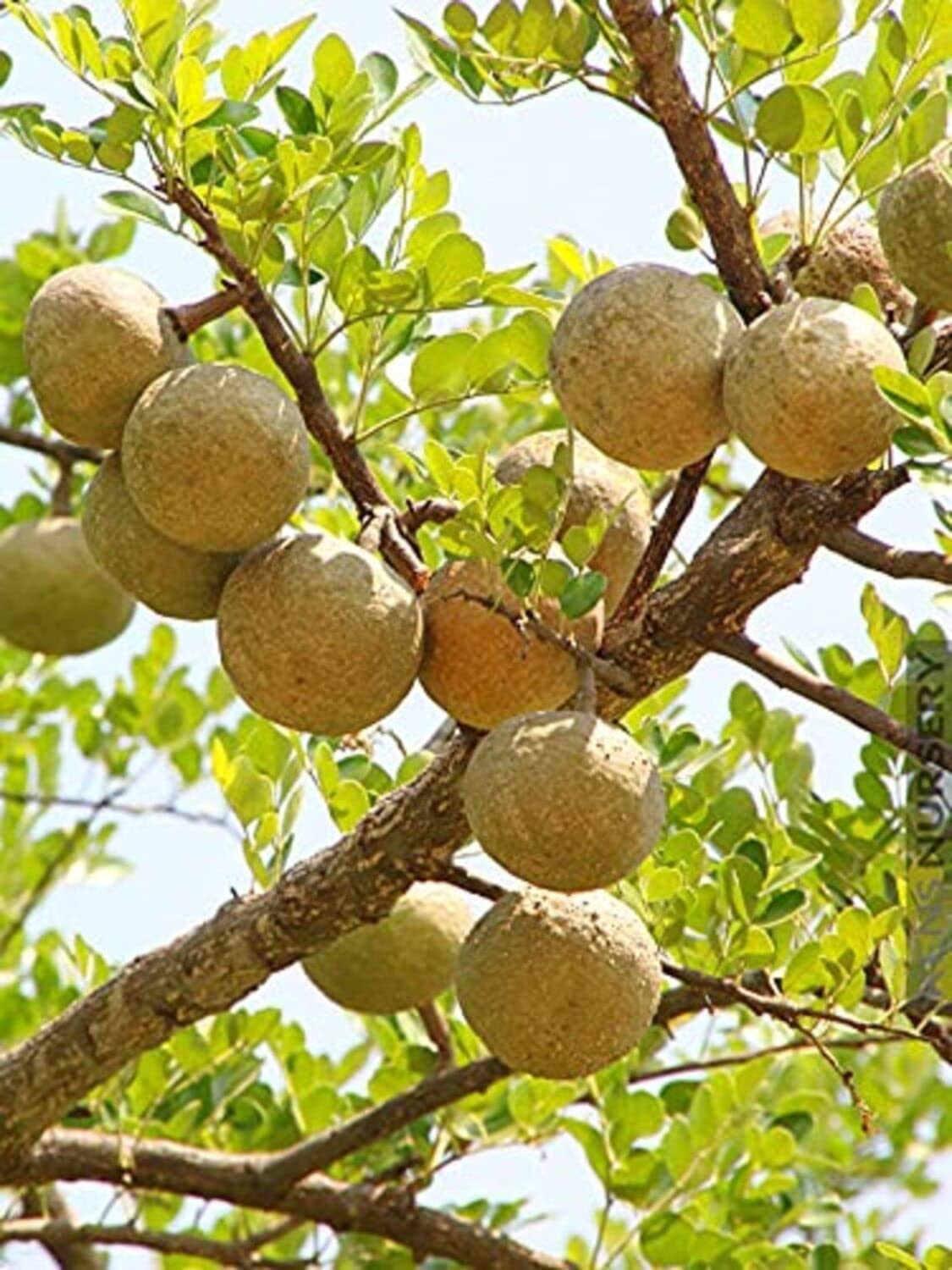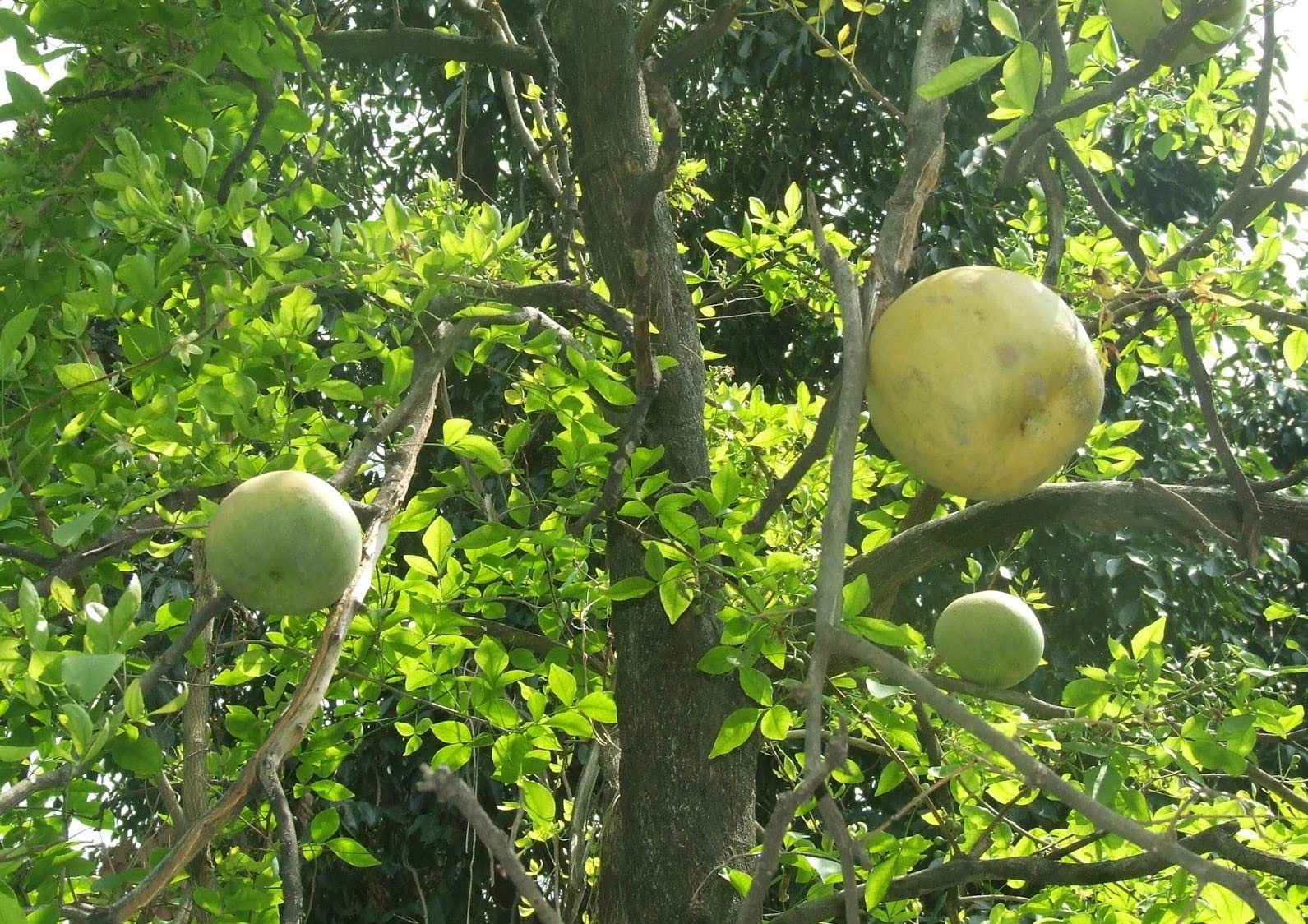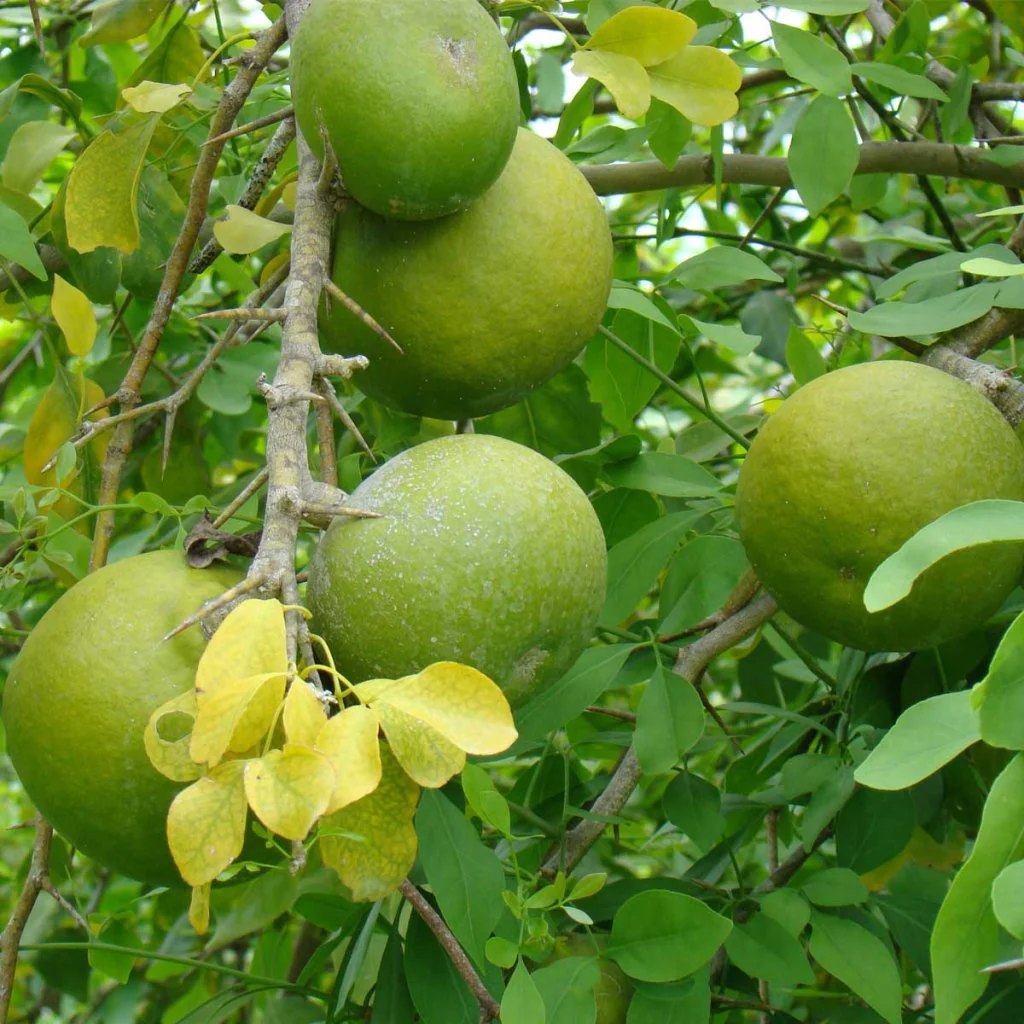Atulya Vanam's Mighty Sacred Bel Tree: Exploring its Medicinal Marvels Across Healing Traditions
The Bel tree (Aegle marmelos), also known as Bengal quince or "Bel," holds a revered place in Indian culture, offering a treasure trove of therapeutic benefits through its leaves, fruit, bark, roots, and flowers.
In this comprehensive blog, we embark on an enlightening journey to uncover the diverse uses of the Bel tree across various medical systems, including Modern Medicine, Ayurveda, Unani, Homeopathy, Siddha, and its multifaceted applications. Additionally, we delve into the captivating varieties of Bel found across India.
Medicinal Value
Modern Medicine:
Bel Fruit: Rich in vitamins and minerals, the Bel fruit contributes to digestive health and provides a good source of dietary fiber.
Bark and Leaves: The bark and leaves may possess potential antibacterial and antiviral properties, with ongoing research.
Ayurveda:
- Bel Fruit: Ayurveda values Bel fruits for their astringent and sweet taste, using them to balance pitta and kapha doshas.
- Bel Leaves: Bel leaves are used in Ayurvedic practices to manage digestive disorders and promote overall health.
Unani:
Bel Fruit: Unani recognizes the Bel fruit for its potential to support digestion and overall well-being.
Homeopathy:
Bel Fruit: Bel may be used in homeopathic preparations targeting specific symptoms or health concerns.
Siddha:
Bel Fruit: In Siddha medicine, Bel fruits are believed to enhance digestion and strengthen immunity.
General Uses
Culinary Delights: Bel fruits are used to make traditional beverages and jams, enjoyed for their unique taste.
Religious and Cultural Significance: The Bel tree is considered sacred and often planted near temples and homes.
Medicinal Concoctions: The leaves, fruit, and other parts of the Bel tree are used in various home remedies and traditional medicines.
Ornamental Planting: The Bel tree’s distinctive foliage and fragrant flowers make it a popular choice for ornamental planting.
Varieties of Bel in India
- Regular Bel: Known for its distinct aroma and flavor, Regular Bel is commonly found across India and used in various applications.
- Khasi Bel: This variety, found in the northeastern regions, is often larger and has a sweeter taste.
- Bengal Bel: Recognized for its unique taste, the Bengal Bel variety is widely used in traditional beverages and desserts.



More about Bel trees
Bel trees, also known as Bengal quince or Aegle marmelos, are captivating and culturally significant trees with a range of extraordinary qualities. Here are some intriguing facts about bel trees:
Sacred and Spiritual: Bel trees hold immense religious significance in Hinduism and are often associated with Lord Shiva. They are considered sacred and are commonly found near temples and holy places.
Medicinal Marvel: Various parts of the bel tree, including the leaves, fruit, bark, and roots, have been used in traditional medicine systems like Ayurveda for their potential health benefits.
Traditional Remedies: Bel leaves are often used in traditional remedies for digestive issues, respiratory problems, and diabetes, among other ailments.
Nutrient-Rich Fruit: Bel fruit is rich in vitamins, minerals, and antioxidants, making it a potential source of nourishment and wellness.
Culinary Uses: The aromatic and tangy bel fruit is used to prepare beverages, jams, chutneys, and candies.
Landscape Ornament: Bel trees are valued for their ornamental appearance and are planted in gardens, parks, and landscapes for their aesthetic beauty.
Wildlife Habitat: The fruit of the bel tree attracts various birds and animals, contributing to local ecosystems.
Wood and Craftsmanship: The hard and durable wood of the bel tree is used for crafting various items like tool handles and agricultural implements.
Cultural Rituals: Bel leaves are commonly used in religious rituals and ceremonies, symbolizing purity and offering prayers.
Traditional Wisdom: Bel trees have been revered for centuries for their spiritual, medicinal, and cultural significance.
Global Distribution: Bel trees are native to South Asia but are also cultivated in other tropical and subtropical regions.
Climate Adaptation: Bel trees thrive in diverse climatic conditions, from arid to subtropical, making them adaptable to various environments.
Fruit Preservation: Bel fruit pulp can be dried and preserved, extending its shelf life and usability.
Leaf Health: Chewing on bel leaves is believed to promote oral health and help alleviate mouth-related issues.
Cultural Myths: Bel trees are often mentioned in Indian mythology and folklore, adding to their cultural depth.
Traditional Confections: Bel fruit is used to make traditional confections like “Bel ka sharbat” and “Bel candy,” enjoyed for their unique taste.
Traditional Cosmetics: Bel leaves are sometimes used for their potential benefits in skin care and cosmetics.
Heritage Trees: Ancient and revered bel trees hold historical and heritage value in many regions.
These extraordinary facts showcase the deep-rooted cultural, spiritual, and medicinal significance of bel trees. From their revered place in rituals to their potential health benefits, bel trees continue to be cherished for their multifaceted roles in human life and ecosystems.
Conclusion
The Bel tree, a symbol of purity and healing, surpasses its role as a bearer of fruit. Its leaves, fruit, bark, roots, flowers, and diverse applications intertwine with a rich tapestry of medical systems and cultural practices. From Ayurveda’s ancient wisdom to modern medical exploration, the Bel tree’s virtues flourish. By embracing the harmony of traditional insight and contemporary validation, we unveil the myriad ways in which the Bel tree enriches our lives—nurturing not only our bodies but also our cultural heritage and the thriving vitality of our surroundings.
